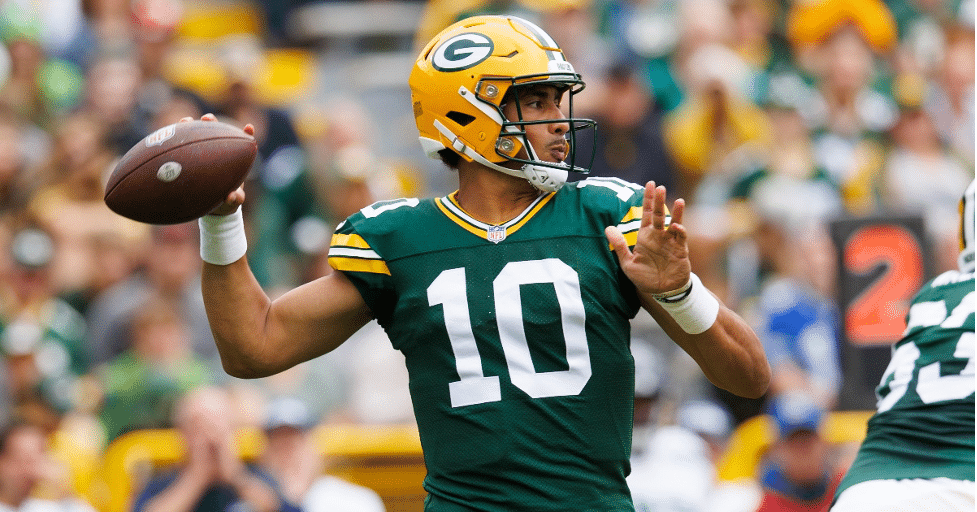Betting on sports can be a thrilling experience, giving fans another reason to cheer for their favorite teams or players. However, for beginners, the world of sports betting can be somewhat intimidating.
This article seeks to provide a comprehensive guide on the basics of sports betting, understanding odds, the different types of bets, and practical tips to increase your chances of winning. Dive in and get ready to place informed bets and dominate this business!
Favorites vs. Underdogs
The foundation of any sports bet is understanding the dynamics between the favorite and the underdog. This not only dictates who is expected to win or lose, but it plays a crucial role in determining the odds and potential payouts.
Decoding the Odds
Oddsmakers play a pivotal role in sports betting. Their primary job is to determine which team or player should be considered the favorite and which the underdog. Typically, the favorite is assigned a minus sign next to its odds, indicating its higher likelihood of winning. On the contrary, underdogs are given a plus sign, suggesting they’re less likely to come out on top.
Spreads
Point spreads are one of the most popular forms of betting, especially in high-scoring sports. They give every game a sense of balance, even if one team is significantly better than the other.
The core concept behind spreads is betting on the margin of victory. For example, if the Chiefs are a -3.5 favorite over the Chargers, betting on the Chiefs would require them to win by 4 or more points. On the other hand, betting on the Chargers would require them to lose by 1-3 points or win outright. It’s all about the points difference!
Moneylines

For those who want a simpler approach to betting, moneylines might be the answer. Here, the objective is straightforward: pick the winner of the game.
American odds, central to moneyline bets, revolve around the principle of winning $100. If you’re betting on a -200 favorite, for instance, you’d need to risk $200 to potentially win $100. Conversely, betting on a +200 underdog would win you 2x your wager amount.
American odds are centered around winning $100.
Using a Bears-Packers game as an example. Oddsmakers believe the Packers are the much stronger team. So if you bet on the Packers just to win the game, you need to risk a substantial amount.
The Packers are -300 — that means you need to risk $300 to win $100 or $30 to win $10.
The Bears are +350. If you bet $100, you’ll win $350. Or if you bet $10, you’ll win $35.
Over/Unders (Totals)
Another fascinating way to engage in sports betting is by predicting the combined score of both teams in a game, without worrying about who wins or loses.
The Over/Under Principle
Oddsmakers will set a total number of points they expect both teams to score in a game. Bettors can then wager on whether they think the actual total will be over or under that number. This method is versatile and applies to numerous kinds of bets, from predicting total points in a game to player-specific stats.
Texans-Titans has a total of 48 — about average for an NFL game.
If you bet the over, you need 49+ points
If you bet the under, you need 47 points or fewer
If it lands on 48 exactly, it’s a push and bets are refunded
The over/under concept is applied to many different kinds of bets.
Patrick Mahomes over or under 292.5 passing yards
Ja Morant over 7.5 assists
Dodgers over 95.5 wins
What Is the Number Listed Next to My Bet?
Many new bettors are puzzled by the numbers accompanying the spread or total, typically -110. These numbers, often termed as “juice” or “vig”, represent the bookmaker’s commission.
Let’s say you’re eyeing a bet on the Bills at a spread of -9. The -110 number implies that to win $100, you’d have to risk $110. It represents the price you pay to place your bet, irrespective of the outcome.
How to Place a Bet
So you’ve researched, picked your team, and decided on the type of bet. The next logical step is placing the bet. Thankfully, most sportsbooks make this process intuitive.
Generally, after navigating to your chosen game and bet type, you’ll click on the bet cell. This action populates your bet slip, where you then input your wager amount and confirm your bet. Most platforms guide bettors smoothly through this process.
How Much to Bet
While the allure of big wins can be tempting, it’s essential to have a disciplined approach when deciding how much money to stake on a particular bet.
Bankroll Management
Always set aside a specific amount you’re willing to part with, ensuring you only bet what you can afford to lose. A commonly recommended strategy is flat-betting, where you wager the same amount on every game, risking only 1% to 5% of your total bankroll per bet.
Promotions
Be on the lookout for promotional offers from sportsbooks, especially during major events or rivalries. These promotions often come in the form of boosted odds, free bets, or deposit bonuses.
Seasonal promotions or those related to a specific game or event can offer immense value. Ensure you read the terms and conditions, so you’re aware of any rollover requirements or stipulations attached to these offers.
Ravens vs. Bengals is happening on September 17! Don’t miss out on the chance to show some love and support for your favorite player with FanDuel Ohio and their sports betting promotions. It’s a great way to add a bit of extra excitement to the game and get in on the action.
Parlays

For those who crave bigger rewards and are ready to embrace higher risks, parlays might be the way to go. Here, multiple bets are combined into one.
With parlays, bettors can link two or more wagers into a single bet, often leading to higher potential payouts. However, all linked bets must win for the parlay to be successful. Some sportsbooks even offer the option to parlay multiple bets from the same game, a feature gaining immense popularity in standalone NFL, MLB and NBA games.
This MLB parlay with Cubs +118, Yankees -220 and Braves -136 pays +450.
Even more popular than traditional parlays featuring multiple games is the same game parlay, which are offered by almost every sportsbook.
This feature allows you to parlay multiple bets from the same game, with the correlation of each event priced in. That means if you bet over 53 in Bengals-Bills and Josh Allen over 2.5 passing touchdowns, you won’t get the full parlay payout, because those events are more likely to happen together.
Props
Gone are the days when bets were limited to winners, losers, and points. Prop bets provide a refreshing change, allowing for more granular, event-specific wagers.
Props, short for proposition bets, can encompass anything from player stats to specific in-game events. For instance:
Trae Young over or under 6.5 assists
Max Fried over or under 9.5 strikeouts
Travis Kelce to score the first TD +500
Like is the case with point spreads, you usually have to pay the corresponding price with props.
Here, Fried’s strikeout total against the Mets is set at 9.5. But if he’s likely to go under, according to the lines, you have to pay a steeper price to bet.
Parting Thoughts
While sports betting can be immensely fun and potentially lucrative, always remember it’s a form of entertainment. Prioritize responsible betting, and always gamble within your means. Whether you’re a newbie or a seasoned bettor, a solid understanding of the principles and strategies can maximize your chances of success. Good luck and may the odds be ever in your favor!
